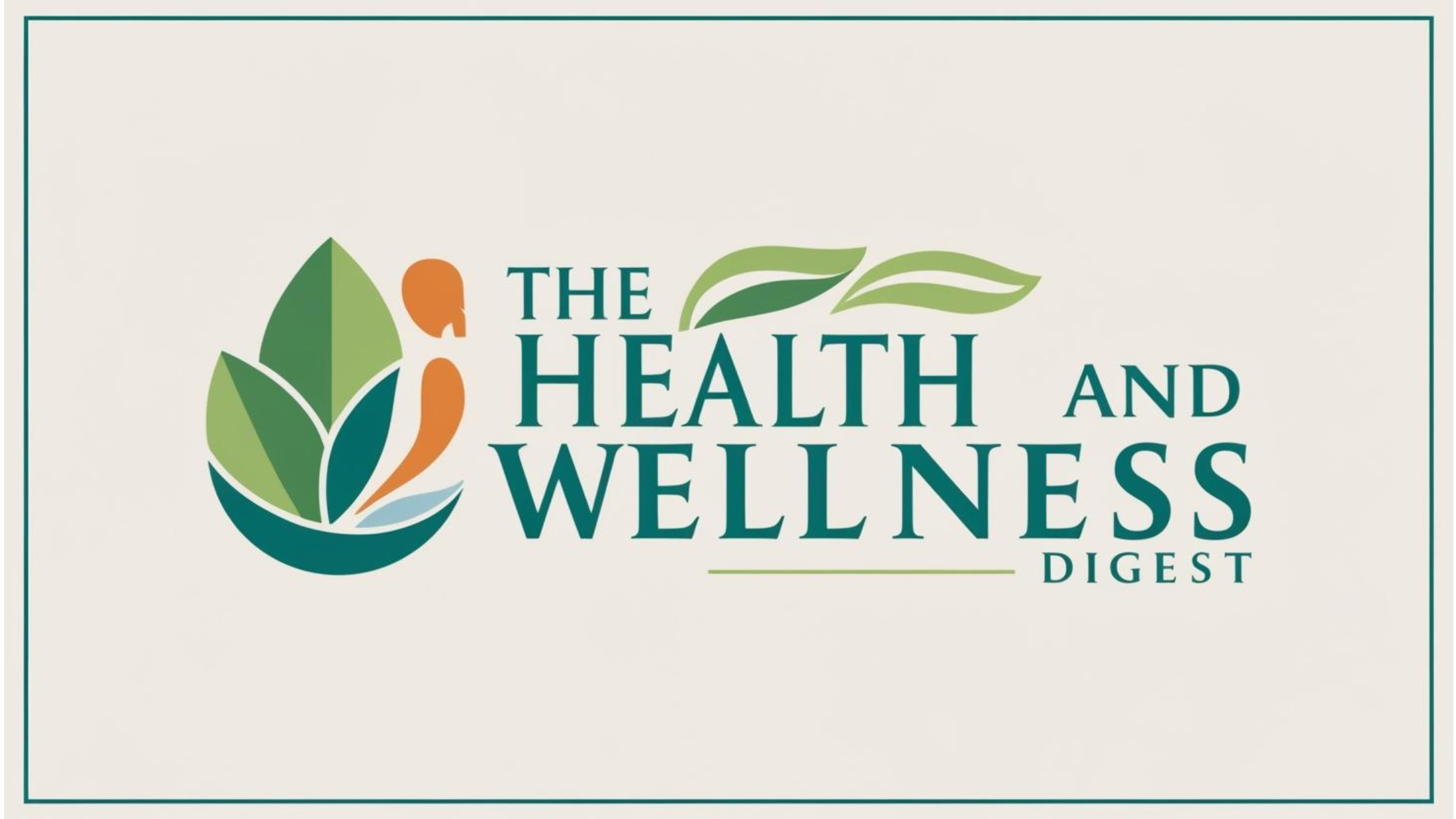
How Trump's Health Issue Could Affect Us All
When President Trump was diagnosed with Chronic Venous Insufficiency (CVI), many health enthusiasts paid attention. This condition, which affects the veins in the legs, highlights how a seemingly personal health issue can resonate with the general public, emphasizing the importance of awareness and proactive health measures. Chronic Venous Insufficiency affects the ability of veins to return blood to the heart, potentially leading to pain, swelling, and other serious health concerns. But this isn’t just about Trump’s health; it’s about how millions might also be jeopardized by this silent but significant vascular issue.
The Lesser-Known Dangers of Chronic Venous Insufficiency
While often overlooked, CVI can substantially impair one's quality of life. Beyond mere discomfort, it’s associated with debilitating symptoms like pain, skin changes, and even the formation of leg ulcers. The American Heart Association has pointed out that CVI poses a notable risk factor for cardiovascular disease, regardless of age, sex, and existing conditions. When broken down statistically, the risk of mortality increases significantly for those with CVI.
Understanding Risk Factors: Who is Most Affected?
Risk factors are vital to understanding who might be affected by CVI. Seniors, those with sedentary lifestyles, smokers, and individuals with obesity are at a considerably heightened risk. The aging process impacts the valves in leg veins, leading to inefficiencies in blood flow and increased chances of developing CVI. This connection becomes even more critical as it establishes a direct link between lifestyle choices and serious health issues like heart disease.
Signs and Symptoms of Chronic Venous Insufficiency
Recognizing the signs of CVI is crucial for timely medical intervention. Symptoms can include swelling in the legs, discomfort, itching, or changes in skin color or texture. Unfortunately, due to a lack of awareness, many individuals may dismiss these symptoms as normal aging signs. This misconception exemplifies the need for greater public education regarding vascular health.
Helpful Treatments and Lifestyle Changes
Fortunately, CVI is manageable. Treatments range from wearing compression stockings to more advanced procedures. Emphasizing early detection can lead to better outcomes. Regular exercise, diet modifications, and maintaining a healthy weight also help mitigate risks associated with CVI. If you notice the symptoms, seeking medical advice could significantly alter your health trajectory.
The Importance of Awareness
CVI's emergence in discussions surrounding a public figure not only brings visibility to the condition itself but underlines the collective responsibility we have regarding our health. Being open about such topics encourages more people to self-educate and seek help when needed. As awareness spreads, so too does the opportunity to combat this frequently misunderstood condition.
The Future of Vascular Health
Predictions for healthcare and societal trends surrounding vascular health indicate an increasing focus on preventative care. As our understanding of chronic conditions grows, embracing a proactive approach to health management could dramatically reduce the prevalence of CVI and its complications. The role of public figures in discussing health issues can pave the way for more open dialogues about these conditions and inspire transformative lifestyle changes for many.
 Add Row
Add Row  Add Element
Add Element 



Write A Comment